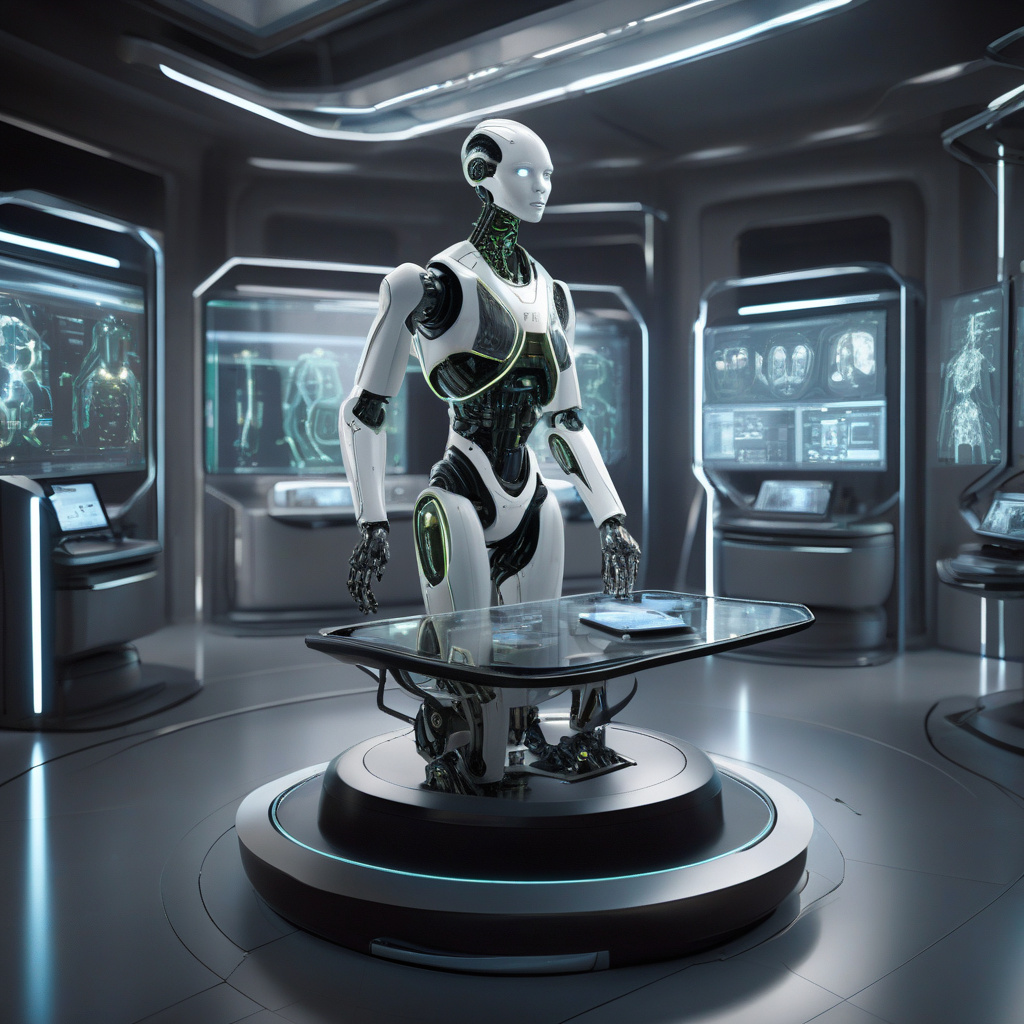As Nvidia continues to shape the landscape of AI technology, the company is now setting its sights on what it calls “physical AI.” This next phase, as outlined by Kari Briski, Nvidia’s vice president for generative AI software, involves the integration of AI into physical devices, robotics, autonomous vehicles, and more.
With physical AI, the concept of machines and robots interacting with the world around them becomes a tangible reality. By utilizing data from various sensors and instruments, these AI systems can perceive their environment, make decisions, and take actions accordingly. This evolution represents a significant advancement from the current capabilities of agentic AI, which primarily focuses on computational tasks.
One key area where physical AI is expected to make a significant impact is in high-tech manufacturing and production. With the global labor shortage looming, technologies like robotics and physical AI can help bridge the gap by handling tasks that are either too dangerous or require specialized skills. This shift towards automation is not about replacing human jobs but rather augmenting and enhancing productivity in industries facing workforce challenges.
Nvidia’s long-term vision for AI, particularly in the realm of physical applications, aligns with the changing dynamics of the modern workplace. While concerns about job displacement due to automation exist, there is a growing consensus among experts that new opportunities will emerge, albeit requiring updated skill sets from the workforce.
The integration of physical AI in various sectors, such as factories and autonomous vehicles, presents both challenges and opportunities. Nvidia’s collaborations with industry leaders like FANUC, Skilled AI, Foxconn, and Uber illustrate a concerted effort to drive innovation in areas such as robotics, transportation, and industrial applications.
For instance, Nvidia’s partnership with Uber aims to deploy fully autonomous robotic taxis by 2027, marking a significant leap in the evolution of transportation services. By leveraging Nvidia’s Hyperion Level 4 platform, these robotaxis are set to revolutionize urban mobility and create a new ecosystem of jobs and services around autonomous vehicles.
Moreover, Nvidia’s introduction of IGX Thor, an AI computer tailored for industrial and medical use, underscores the company’s commitment to providing cutting-edge solutions for specific verticals. The industrial-grade performance of IGX Thor, coupled with advanced AI models and customization options, addresses the unique requirements of sectors demanding robust and reliable AI capabilities.
In conclusion, Nvidia’s pivot towards physical AI represents a pivotal moment in the evolution of artificial intelligence. By merging advanced technologies with real-world applications, Nvidia is not only redefining how machines interact with their environments but also paving the way for a new era of innovation and collaboration across industries. The future of AI is not just agentic—it’s physical, dynamic, and full of possibilities.

